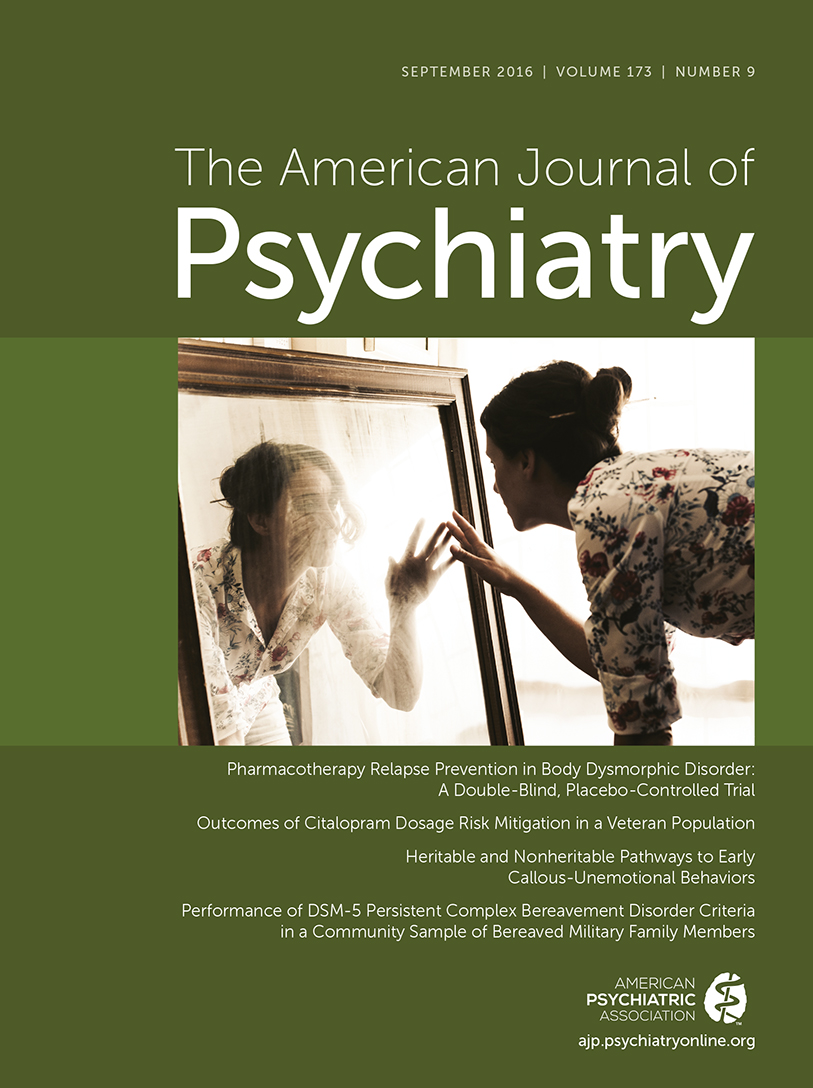Outcomes of Citalopram Dosage Risk Mitigation in a Veteran Population
Abstract
Objective:
A public safety communication issued by the Food and Drug Administration declared that citalopram dosages exceeding 40 mg/day were no longer considered safe because of a newly recognized risk of dosage-dependent QT interval prolongation. The authors compared the incidence of hospitalizations and mortality when higher dosages of citalopram were or were not reduced to ≤40 mg/day.
Method:
National electronic medical records compiled by the Veterans Health Administration were used to conduct a retrospective study of a population filling citalopram prescriptions for more than 40 mg/day when the safety communication was first issued in August 2011. Hospitalizations and mortality after dosages of citalopram were or were not reduced to ≤40 mg/day were compared using multivariable Cox regression.
Results:
The at-risk cohort of 35,848 veterans (mean age, 58 years [SD=11]; 92% male) had citalopram prescriptions for 64 mg/day (SD=8.3), on average. Within 180 days after the safety communication was issued, 60% had filled prescriptions for ≤40 mg/day. All-cause hospitalizations or deaths were found to significantly increase after dosage reductions (adjusted hazard ratio=4.5, 95% CI=4.1–5.0), as were hospitalizations for depression or all-cause death (adjusted hazard ratio=2.2, 95% CI=1.8–2.6). Mortality did not decline (adjusted hazard ratio=1.0, 95% CI=0.8–1.3), and neither did hospitalizations for arrhythmias or all-cause deaths (adjusted hazard ratio=1.3, 95% CI=1.0–1.7).
Conclusions:
Reduction of prescribed citalopram dosages to a new safety limit was associated with a higher rate of hospitalization in a large patient population who had been treated with substantially higher dosages. Stipulating a safety limit for citalopram dosages before the benefits and risks of doing so were firmly established appears to have had unintended clinical consequences.



